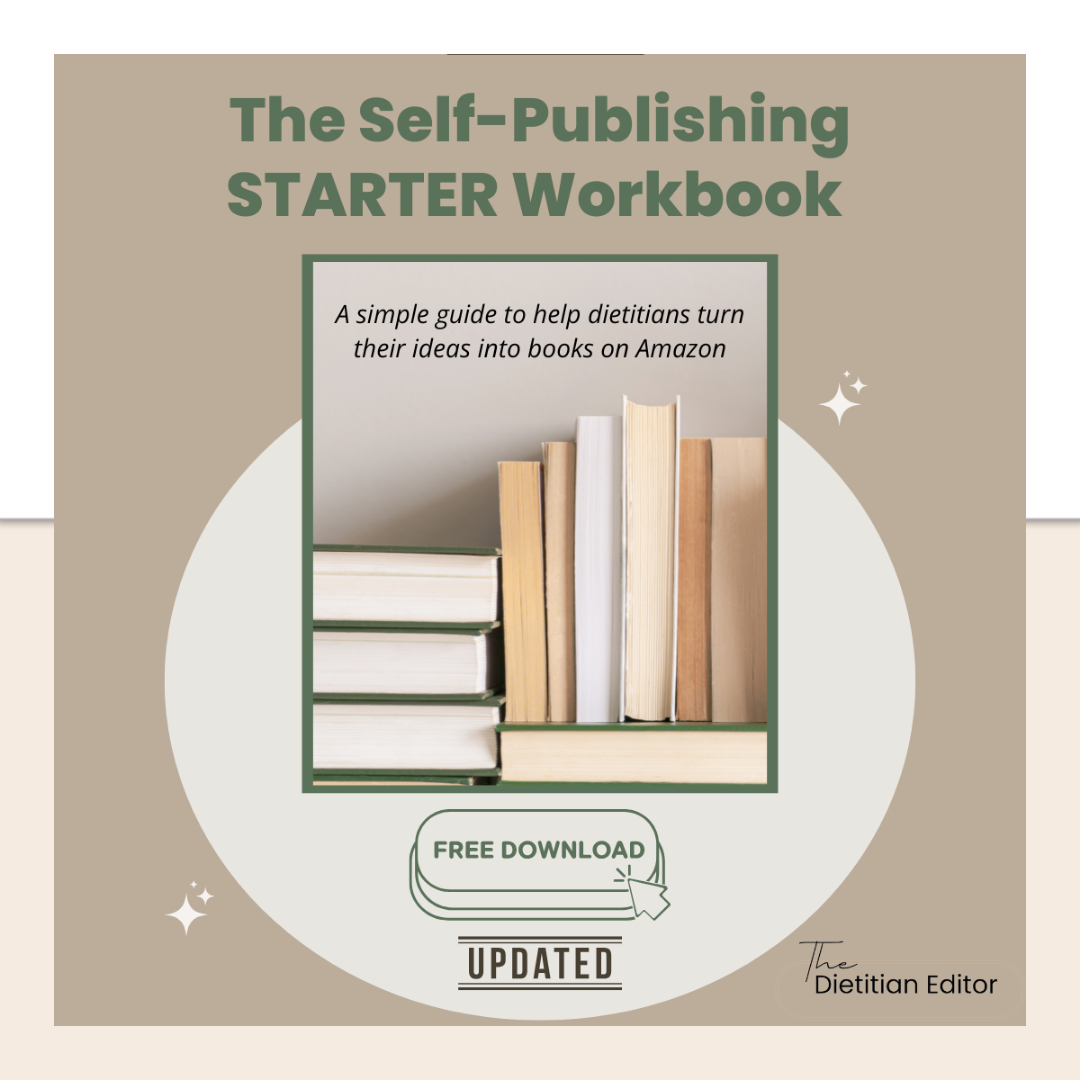In the world of online content creation, hyperlinks play a crucial role in enhancing user experience and providing valuable resources to your readers. As a dietitian writer or blogger, mastering the art of creating hyperlinks in Canva can significantly improve your content’s engagement. In this simple guide, we’ll walk you through the step-by-step process of how to create a hyperlink in Canva, allowing you to effortlessly connect your readers to valuable information and resources.
Understanding the Importance of Hyperlinks
Hyperlinks, also known as links, are clickable elements that connect one webpage or resource to another. For dietitian writers and bloggers, hyperlinks are essential for referencing scientific studies, linking to relevant recipes, and directing readers to authoritative sources It’s also useful to hyperlink to existing blog content on your website. As a best practice, you should always have your hyperlinks open in a new tab. This will help to keep people from deviating off of your website when they click the links.
There are two main types of links:
- External Links: An external link is a hyperlink that points to a different website or domain than the one where the link is placed. These links are used to direct users to resources, information, or content that is hosted on a different website. External links are commonly used to provide references, citations, sources, or to share additional information that is not available on the current website. For example, if you’re reading an article and there’s a link that takes you to a news article on a different website, that’s an external link.
- Internal Links: An internal link is a hyperlink that connects to another page or resource within the same website or domain. These links are used to navigate within a website and help users easily move between different pages, sections, or content. Internal links are crucial for website navigation, user experience, and SEO (search engine optimization) purposes. They help establish a hierarchical structure within a website and enable users to find relevant information more easily. For example, if you’re on a blog post and there’s a link that takes you to another blog post on the same website, that’s an internal link.
By incorporating both types of hyperlinks into your content, you can provide your audience with the opportunity to explore additional information that complements your writing.
Step-by-Step Guide on How to Create a Hyperlink in Canva
- Open Your Canva Design: Log in to your Canva account and open the design you’re working on. This could be a blog post graphic, social media post, or any other visual content.
- Select Text or Object: Identify the text or object in your design that you want to turn into a hyperlink. This could be a specific keyword, phrase, or even an image related to your dietitian content.
- Add the Link: After selecting the text or object, click on it to reveal the editing options. Look for the “Link” icon or option and click on it. A dialog box will appear where you can input the URL you want to hyperlink to.
- Input the URL: Paste or type in the URL of the webpage you want to link to. This could be a relevant article, a recipe, a research study, or any other resource that adds value to your content.
- Open in New Tab (Optional): To ensure that your readers don’t navigate away from your content entirely, consider selecting the option to open the link in a new tab. This allows them to explore the linked resource while keeping your content open.
- Test the Link: Before finalizing your design, make sure to test the hyperlink by clicking on it. This step ensures that your readers will have a seamless experience when interacting with your content.
Best Practices for Hyperlinking as a Dietitian Writer or Blogger
- Relevance is Key: Hyperlink only to resources that are directly related to the topic you’re discussing. This ensures that your audience receives valuable and contextually relevant information.
- Use Descriptive Anchor Text: Instead of using generic anchor text like “click here,” opt for descriptive text that tells your readers what they can expect from the linked resource. For example, “Learn more about balanced meal planning.”
- Diversify Your Links: Incorporate a mix of internal links (pointing to your own content) and external links (pointing to reputable external sources) to provide a well-rounded reading experience.
- Update Links Regularly: Over time, some linked resources might become outdated. Make it a habit to periodically review and update your hyperlinks to ensure they lead to current and accurate information.
As a dietitian writer or blogger, the ability to create effective hyperlinks in your Canva designs can significantly elevate your content’s quality and user experience. By following this step-by-step guide and adhering to best practices, you can seamlessly connect your readers to valuable information and resources, establishing yourself as a trusted source of nutrition knowledge. Incorporate hyperlinks strategically, and watch as your engagement and authority within the dietitian community soar.







0 Comments